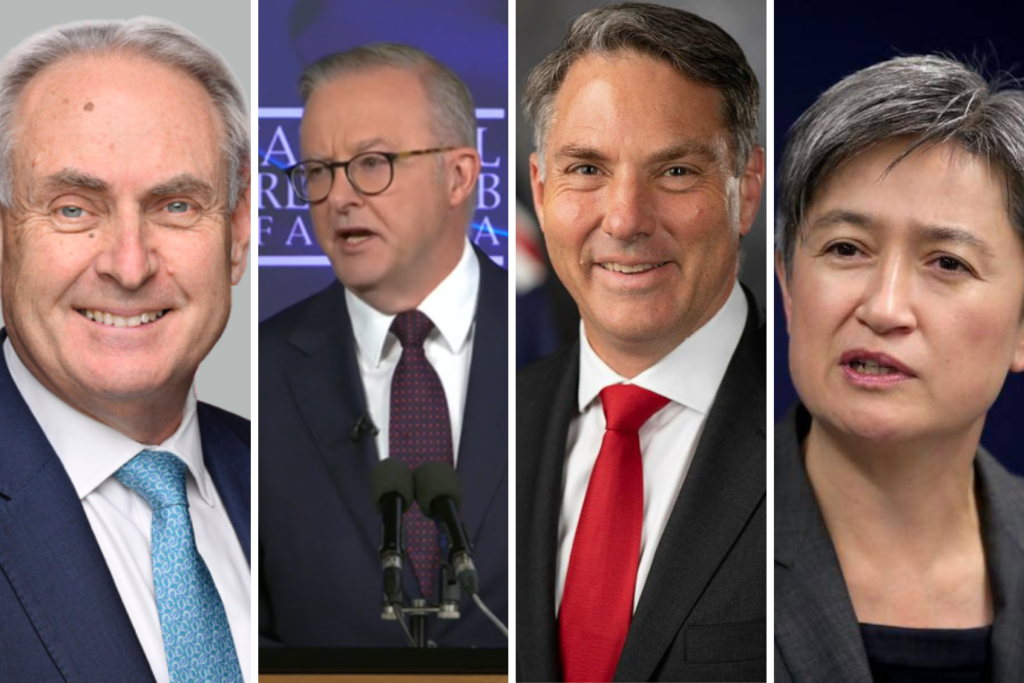The recent election results have ushered in a historic moment for the Australian Labor Party (ALP), with women now making up an estimated 57 per cent of the Labor caucus.
This milestone is a powerful testament to the ALP’s unwavering commitment to gender equality. It underscores the effectiveness of affirmative action and gender quotas in creating a more inclusive and representative political landscape. By implementing these measures, the ALP has not only increased the number of women in its ranks but has also demonstrated that such initiatives are essential for achieving true gender parity and exceeding it.
Affirmative action and gender quotas are often debated, but the success seen within the ALP provides clear evidence that they work. These policies have been instrumental in breaking down barriers and opening doors for women who might otherwise have been excluded from political participation. The increase in female representation within the Labor caucus is a direct result of these forward-thinking policies.
The 1994 ALP National Conference’s decision to adopt affirmative action quotas for women was a historic step towards achieving gender parity within the ALP and in parliament. At that time, women made up only 14 per cent of the federal parliamentary Labor caucus. Today, with a monumental mandate, Labor has the opportunity to elevate women in their ranks into leadership positions. While the Liberal National Party (LNP) continues to struggle with gender quotas, Labor has the chance to solidify its commitment to gender equality.’
Labor is leading the way by ensuring that their party room has more women than men for the first time in its history. However, this progress must be reflected in leadership positions as well. Despite the significant representation of women in the caucus, the highest leadership positions within the party remain predominantly occupied by men. There is Anthony Albanese as Prime Minister, Richard Marles serves as Deputy Prime Minister, Don Farrell as Deputy Leader of the Government in the Senate and Penny Wong as Leader in the Senate. This means that out of the top four leadership roles, only one is held by a woman. The journey towards gender equality does not end with getting more women into politics and parliament. It is equally important to ensure that women are given the opportunity to ascend to leadership roles.
In 2024, the number of women CEOs in Australia saw a decline, with only 25 women leading ASX300 companies, down from 26 in the previous financial year. Men continue to dominate, holding 91 per cent of these top positions, while women occupy only 3 in 10 executive leadership roles. This significant underrepresentation at the leadership and management levels is an issue that urgently needs to be addressed.
While progress is being made in gender equality in workplaces, there is a concerning trend of women being overlooked for leadership positions. They are not being placed in pipeline roles, considered in succession planning and continue to face barriers to advancement. The ALP in its new term of government, has the opportunity to demonstrate true leadership in gender equality by promoting talented, experienced, and exceptional women into key leadership positions. This would not only honour the affirmative action initiatives that were introduced 31 years ago but also set a powerful example for other political parties, private and public sector organisations.
In a 2019 episode of Insiders, the Hon Clare O’Neil MP was interviewed by Barry Cassidy about her decision to withdraw from the race for the Deputy PM role after the 2019 election loss. Clare O’Neil explained that it wasn’t her time, and it appears that it still isn’t a woman’s time to stand for these senior leadership positions.
This raises a critical question: when will it be a woman’s time? With more women than men now in the caucus, it is increasingly difficult to justify maintaining an unequal gender split in leadership positions, especially when women outnumber their male counterparts. It is time for the men in these roles to step aside and allow the talented women in their ranks to take on leadership positions.
The ALP stands at a pivotal moment in its history, with the power to transform the political landscape and set a new standard for gender equality. As we embark on this new term of government, let us seize this opportunity to elevate talented, experienced, and exceptional women into leadership positions. By doing so, the ALP will honour the legacy of those women who have paved the way but also inspire future generations of women leaders.
It is time for the ALP to lead by example, demonstrating that true gender equality means not just having women in politics, but ensuring they are at the forefront, shaping the future of our nation. The current achievement of having 57 per cent women in the Labor caucus is a remarkable milestone and Deputy Prime Minister Clare O’Neil has has a nice ring to it, doesn’t it?


